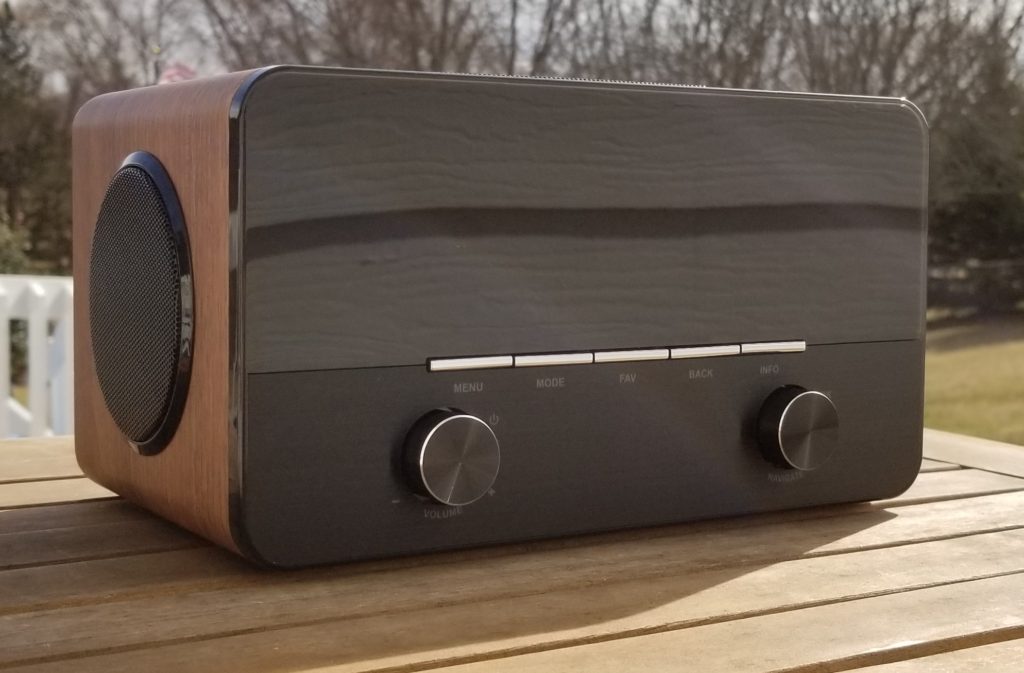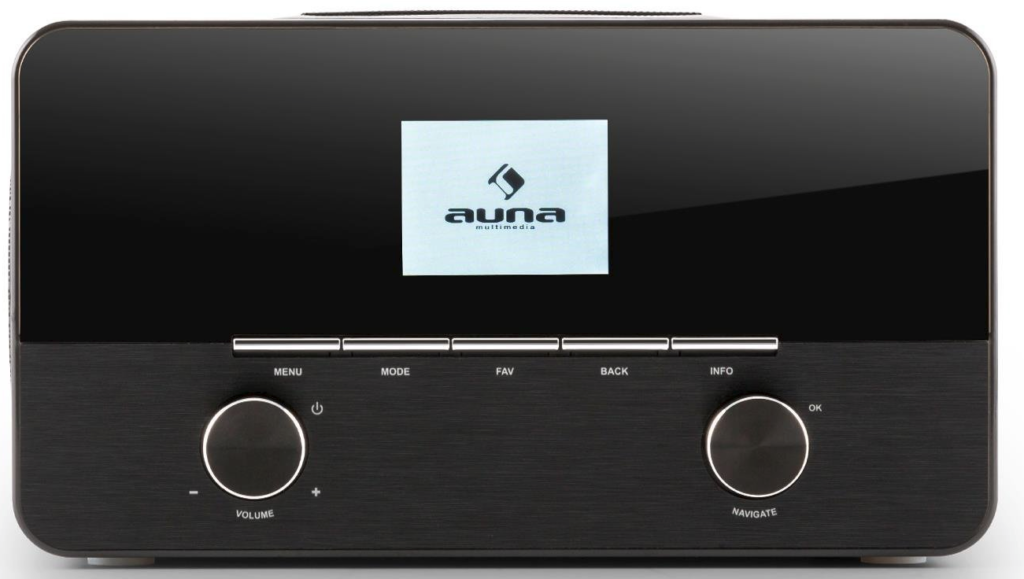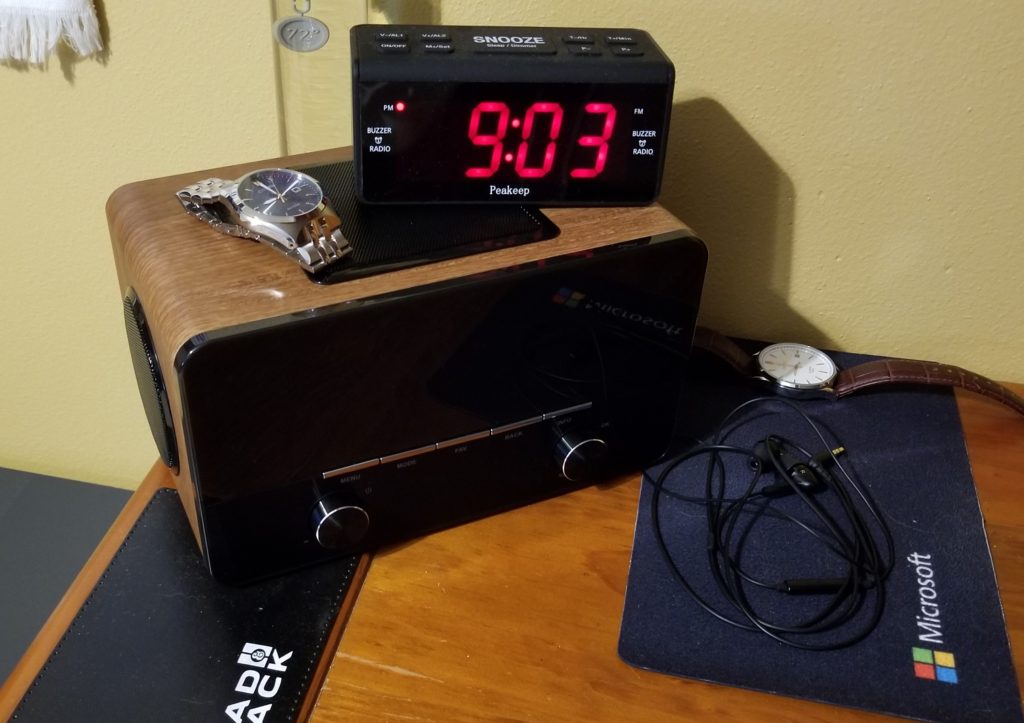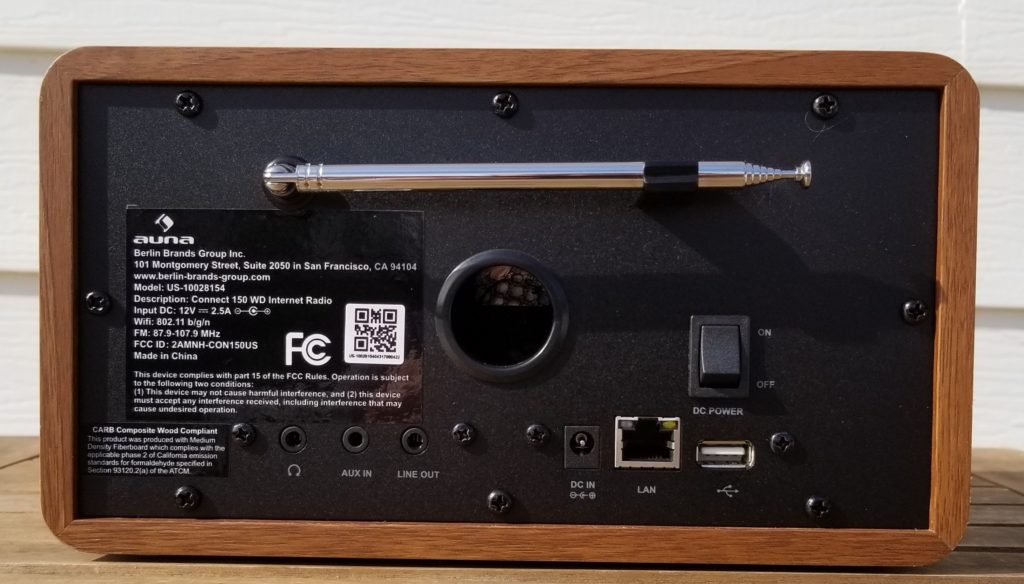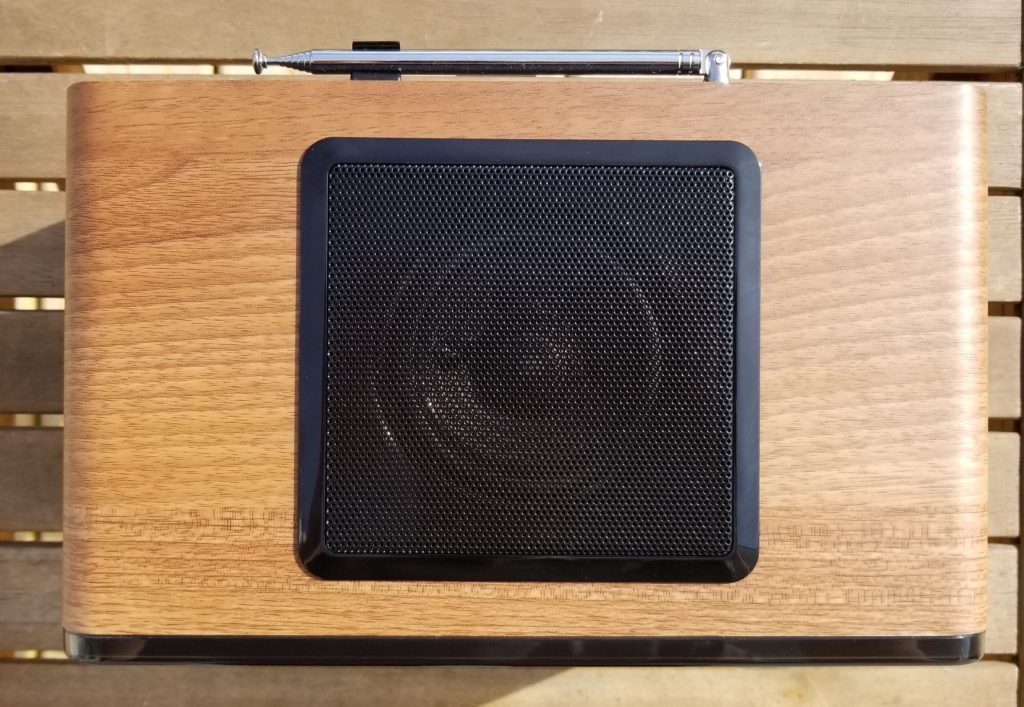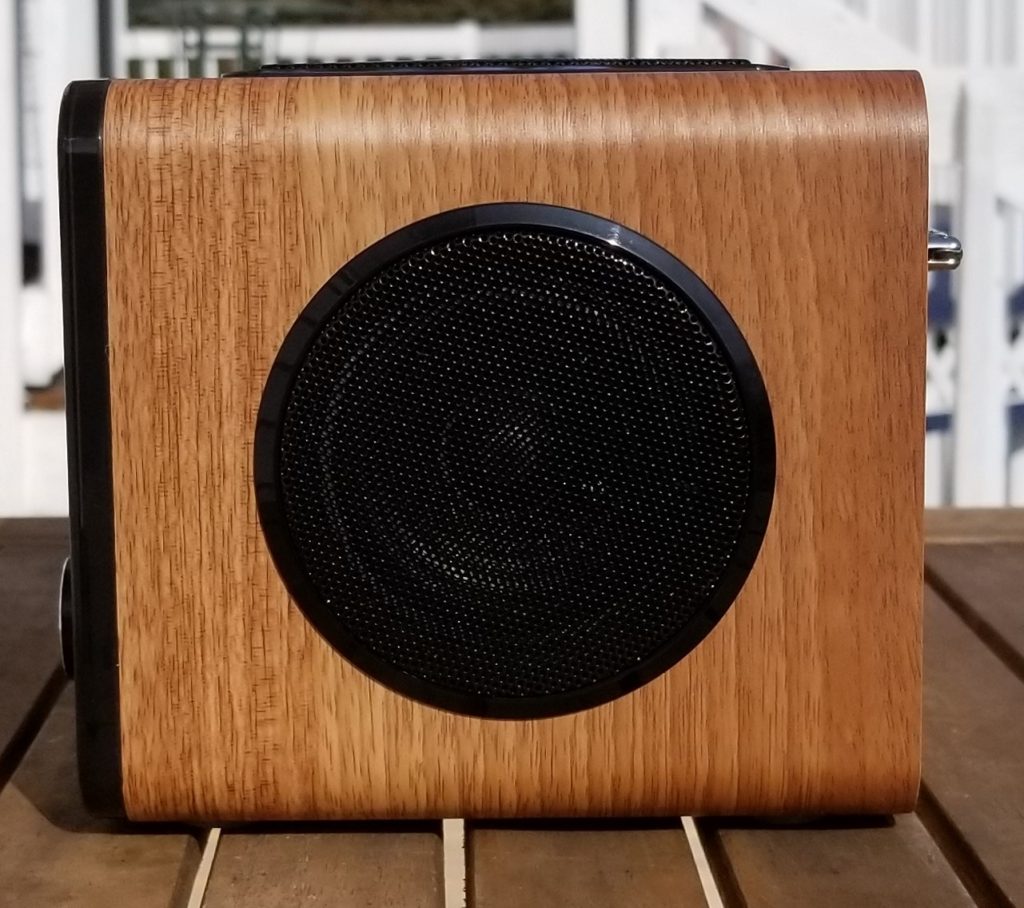I don’t know about you, but I cannot stand my alarm clock. That blaring, headache-inducing, screech that is found on all too many alarm clocks just make the mornings even more challenging.
Growing up, I remember watching the Drake and Josh comedy show, and there was one episode where Drake was waking up one morning to his alarm clock going off. Instead of getting up, he took the trophy that he had sitting on his nightstand and used it to bash the alarm clock until it had stopped making a sound. This is how I feel in the morning.
It may not be a surprise considering my hatred of my alarm clock, but I am not an early riser, and I enjoy my sleep-in weekends. However, as much as I would prefer to stay sleeping while asleep and to stay awake while awake, five days of the week, I have to be up to get ready for work.
For millions of Americans, work typically starts at 8:00 to 8:30 AM and factoring in our commutes, it means almost all of us are up and moving by at least 7:30 AM. That can be tough for a lot of us, and a screeching alarm clock doesn’t help.
As we still haven’t had our morning coffee, there are a lot of tools available to help us get up and going in the morning. There are a ton of smartphone applications that now attempt to track your sleep and wake you up at the optimal time.
However, these applications can often wake you up too early, and that leaves you sitting around the house until it’s time to leave. Alternatively, we could use our smartphone’s alarm clock, as I do, but we are limited to the preset alarm noises.
In an attempt to modernize the alarm clock, Auna is headed into uncharted territory with their new internet-connected alarm clock. Featuring Spotify, internet and FM radio, as well as an AUX and USB input, can Auna’s new $120 alarm clock help millions of Americans enjoy a more peaceful morning?
Welcome to my review of the Auna Connect 150 Alarm Clock.
Design
Auna has created an alarm clock that looks good from any angle, in any lighting, and facing any side. Featuring a rectangular shape, the alarm clock uses a mixture of materials including wood, glossy plastic, and brushed aluminum.
Looking at the unit dead on we find the alarm clock’s main controls and its 2.5” TFT color display. Personally, I find that the alarm clock looks it’s best when its switched off, and I will explain this in a minute.
Below the display are five silver-effect, plastic buttons that help navigate the on-screen display. From left to right, these let you access the main menu, adjust the alarm clock’s modes, access favorite channels, back up one screen, or display the info of a currently playing song.
Flanking left and right of those buttons are two twist and push knobs that give you control over the volume and FM tuner. Pushing the volume knob inwards will turn the alarm clock on while pushing the FM tuner acts as an OK button.
While the silver, plastic buttons are nothing special, the brushed aluminum knobs add a premium look to the alarm clock. They feel nice to touch and have a satisfying twisting action that provides feedback.
Returning to my first comment about the looks of the device, I find that it looks best when turned off because the TFT color display that is used on the alarm clock is too small. Here we have a massive alarm clock that uses a tiny pixelated screen. There is a lot of potential real estate on the front of the device, and the TFT display, unfortunately, ruins the flow of what is otherwise seamless.
Because the display is TFT, it cannot completely turn off its backlight and leaves a white overcast when the time is being shown. When turned on, you can always see this 2.5” display and how it breaks up the front.
Fused into the left and right sides of the alarm clock are two side-firing speakers with an upwards facing subwoofer fused into the top. The two sideways speakers are 2.5” in diameter while the subwoofer is 3”.
To add a premium look and to add some weight to counter the relatively large speakers, the alarm clock’s base and frame are made from walnut. Also available in black, the walnut frame is a design choice I am fond of.
The color, feel, and looks of the walnut give the speaker the design it deserves. Having the walnut coloring it would fit into rooms outside of the bedroom such as a hallway, the kitchen, or alternative room.
Finishing off the tour of the alarm clock, the back contains the technical aspects. Placed between the excessive twelve screws is a headphone jack, AUX-in jack, line out jack, DC in, an Ethernet jack, a full-sized USB port, and a physical on/off switch.
Above the I/O is an air exhaust hole for the speakers and a three-foot-long extendable FM antenna. With the FM antenna fully extended, I find that it makes the alarm clock look a tad laughable as here is an alarm clock that looks modern with a three-foot-long silver antenna reaching up into the sky.
Not that it matters too much, but the alarm clock is a tad heavy at five pounds. What is important to know is the alarm clock is quite large with it being four times the size of my current alarm clock. Measuring 9.3 x 6.9 x 5.2 inches, the alarm clock takes up a lot of space on my nightstand. Here you can see my watch resting on top as well as my current alarm clock.
The included 12V, 2.5A power cable has enough cable length for a nightstand but can be a bit short if you plan on using this in a living room or hallway.
Included in the box is a remote control. It is a basic remote control, but the clock comes with one nonetheless.
Functionality
Right away I had a problem using the alarm clock. Here we have an American-focused product being sold on an American-market website yet turning the alarm clock on shows the date in a non-American format.
The default resting screen shows the time in large font undeath the current date. The date is written in DD-MM-YYYY instead of the traditional American MM-DD-YYYY standard. There is no option to change this, and I find it to be nearly a deal breaker for me.
When it comes time to set the time, you can choose to manually enter the time or use the internet to set it for you. However, annoyingly, the alarm clock does not know if daylight saving time is on or off using the internet function. That you still need to tell it.
Putting my gripes aside, I continued with the menus. Once connected to your home’s wireless LAN, the alarm clock really comes to life.
Using the buttons and knobs mentioned earlier, you can easily and quickly navigate through the basic menus on the display. Each menu is well laid out and easy to understand.
Pressing the mode button will give you the option to use two different interfaces. The first is an icon-based interface where you can select one function such as Internet Radio, Spotify, FM, etc. The second is a menu that is laid out in a text format and gives you more options such as accessing the system settings.
In the system settings, you can adjust the expected items such as language, network, time and date, or restore the device to factory defaults. However, one of the settings is to set an equalizer. All of the available genre equalizers are remarkably laughable. Adjusting the equalizer to ‘rock’ only makes the bass overpowered. In fact, from what I can tell, every option increases the bass. I found the speaker sounded best with no equalizer applied.
I first used the Internet Radio function to test the speaker. This is a great add-in to the alarm clock. By using the internet and your location, it can detect local stations and provides them to you in an organized list.
This is equivalent to using your computer’s browser and listening to the radio through the browser. Listening to FM radio through the internet sounds strong and clear. Plus, there is the added benefit of reaching stations that are outside of your normal FM range.
In the rare case internet radio is not available, the FM antenna on the alarm clock picked up every station in my area with a clear, strong signal. While not mentioned earlier, the alarm clock can also swap over to the AM band.
If public radio isn’t your style, you can connect the alarm clock to your Spotify account using Spotify Connect. With it connected to the network, Spotify should automatically find the clock and ask to pair with it. You then use your Spotify application to send music to the clock.
For Pandora users such as myself, we are left out of the fun. For the few that do want to listen to something outside of Spotify and the radio, you can opt to use the USB port for a local media player.
What I like most of all of these features is that the clock can display information about the music you are listening to. Station name, logo, artist, title, album art, genre, and news all show on the 2.5” display.
For how it sounds, it’s a strong mixture of likes and dislikes. The audio is clear and gets loud enough for you to hear it in the same room, but it isn’t as rich as you may want it to be. I find that the bass is at an okay level, but lyric vocals are too quiet while the instruments overpower the singer.
This is certainly not a product to replace your home speaker, but the speakers give off a decent tune and enjoyment for an early morning wake up. For its purpose, I would say that it’s just fine in this regard.
Seeing that this is sold as an alarm clock, it had better come with more than your standard alarm clock functionality.
Using the display, you can set two alarms, and they will wake you up using the audio source of your choice. A dual alarm is great for students who may have classes at different times or for those who want a different alarm time for the weekend.
For the alarm, you can choose between daily, once, weekends, or weekdays. There are also your normal sleep and snooze functions if you aren’t quite ready to get up yet.
Since it is expected for the unit to rest on your nightstand, the display will automatically dim itself to a reasonable brightness. If it is still too bright, you can lower it even further in the settings.
My Final Thoughts
Auna has attempted to modernize a product that has ultimately been stuck in the past since its creation. Perhaps alarm clocks haven’t changed much because people like their simple units or because they don’t need to be modernized.
This Auna Connect 150 alarm clock is priced at $120, and that is a high asking price for a product like this, especially considering we all have a smartphone that could essentially do the same thing with a free or 99-cent application.
Having Spotify, Internet Radio, and FM radio, the Auna Connect 150 lets you wake up to your favorite tunes rather than that outrageous typical alarm clock screech. Plus, with a dual alarm feature, you can now set custom times to wake up on certain days.
The speakers give off a loud and decent sound for a nightstand product, and you cannot dislike the walnut and aluminum finish of the alarm clock.
At this price point it is a hard recommendation to make, but if you join the other 36 people who reviewed the Auna, I feel that you too would be giving it a similar three-star rating.
© 2018 Justin Vendette

